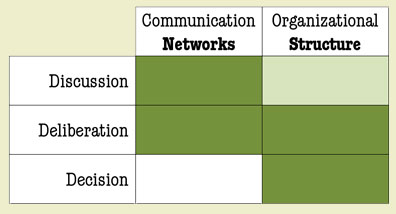Listening to Tim Keller recently (a talk on change that you can hear by using this link), I heard him say that growth and change cannot be seen, but only measured. While it may seem like we can literally watch our kids grow, for example, we really only know that they’ve grown by measurement and comparison over time. Likewise, an isolated snapshot of our organization alone cannot tell the story of growth, change and progress.
The idea that growth and change cannot be seen, but only measured, is an important leadership principle.
It is easy for us in any organization to go about our work with the misconception that we are not moving the ball forward. Are we making a difference today? Are today’s tasks doing anything to impact the big picture?
Leaders need to be continually about the work of sharing perspective. More than just telling people what it looks like from leadership’s point of view, leaders need to make opportunities to bring folk to points of broad perspective and help them see. Opportunities to share perspective take all sorts of shapes, including:
- Reminding people of the past through storytelling and interviews of historical figures
- Keeping track of meaningful metrics and reporting on progress clearly and regularly
- Explaining how different parts of an organization are interrelated and symbiotic
- Illustrating how sacrifices today are intended to produce tomorrow’s successes
- Competently demonstrating an ability to see, synthesize, and interpret the broad perspective in ways that build confidence and trust throughout the organization
As a leader, it is easy for me to forget that I have the benefit of a unique perspective; not everyone sees what I see. It is both a matter of position and ability, vantage point and equipment, sightlines and skill. Good leaders remember that they have unique perspective and share it well.
